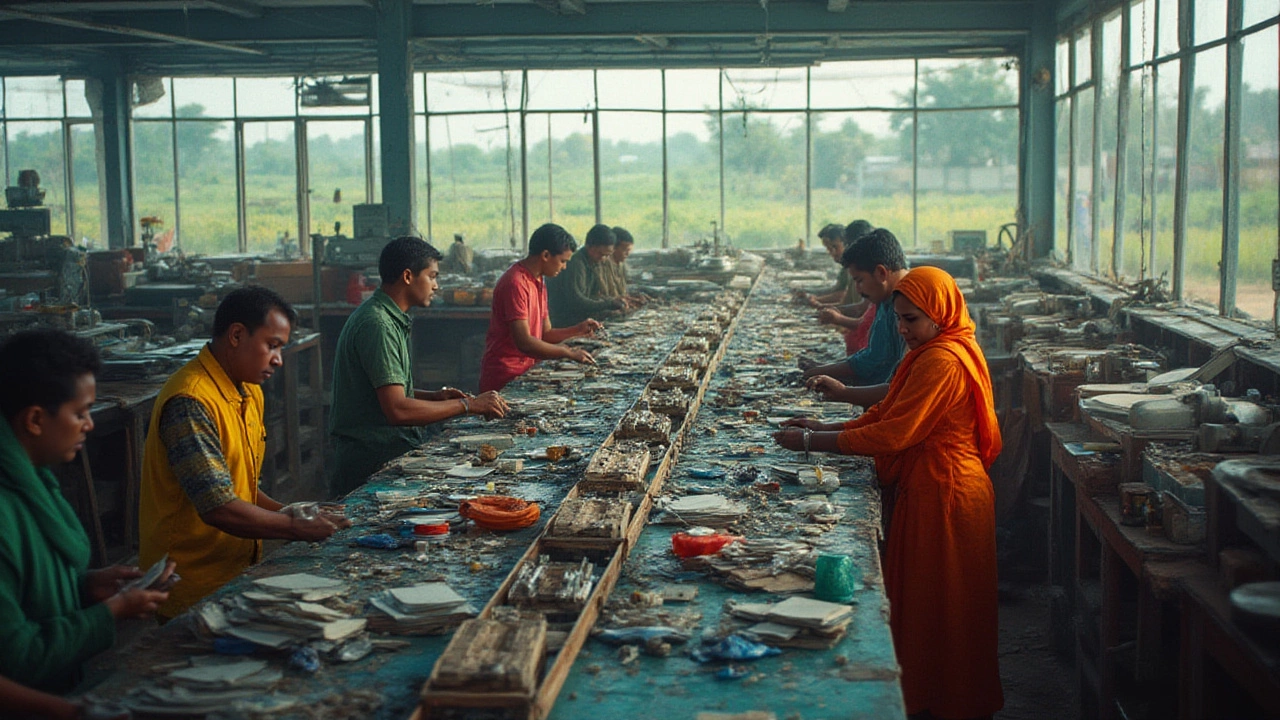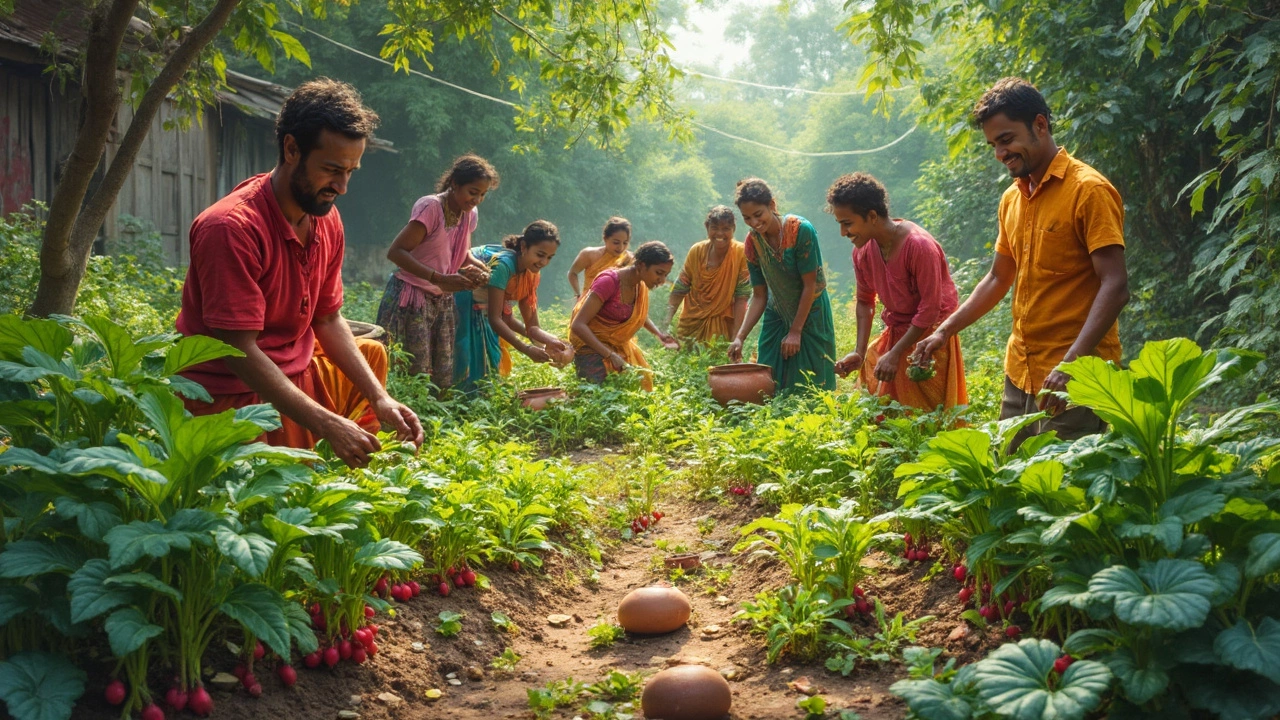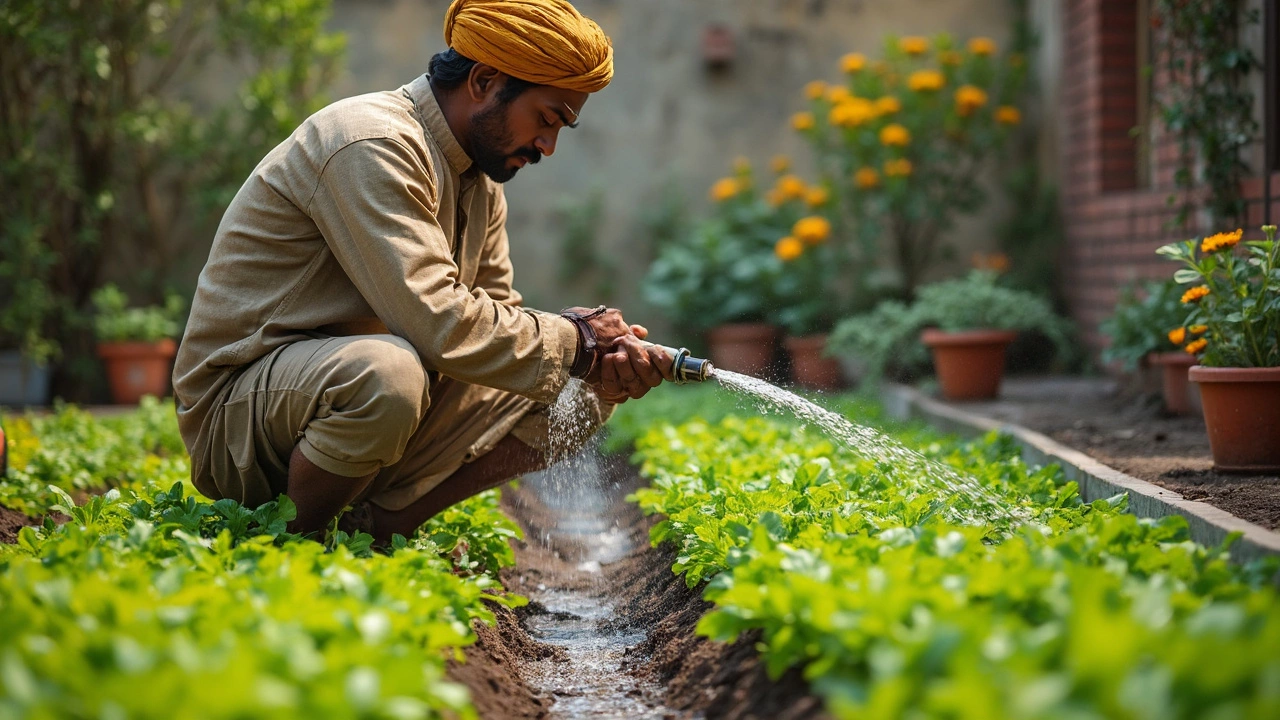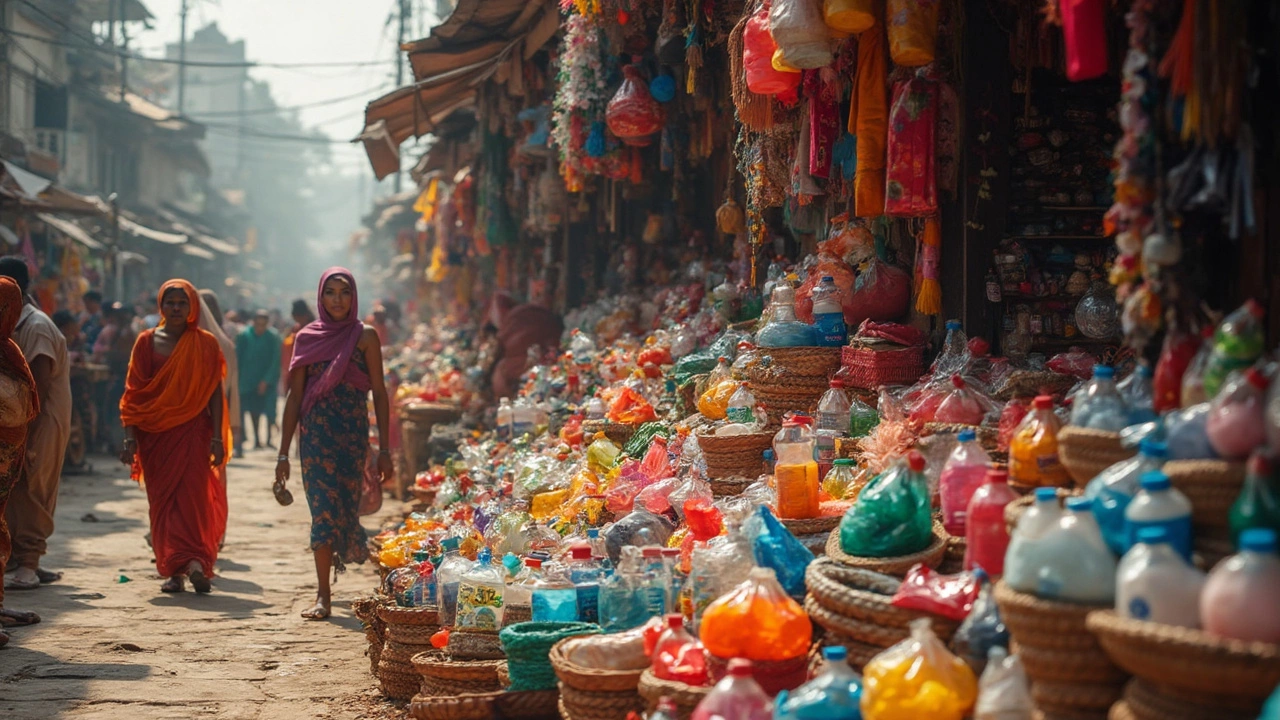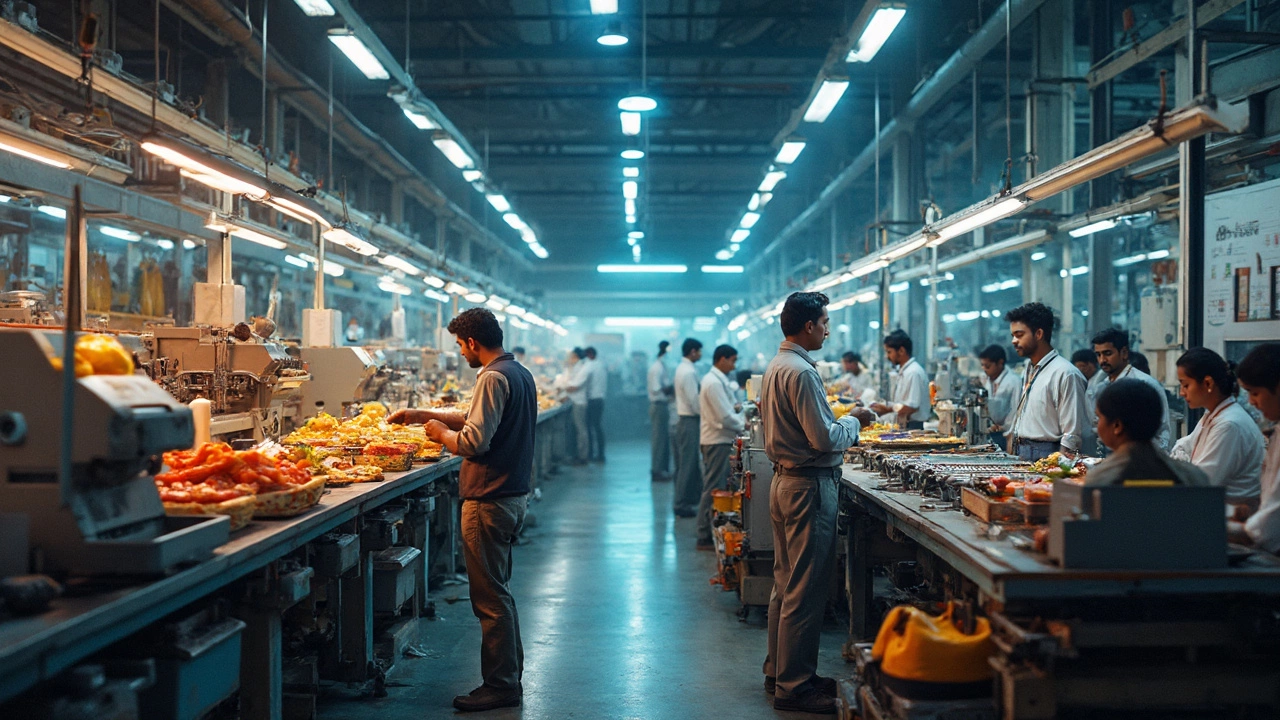Local Economy: The Heartbeat of Communities
When talking about local economy, the economic activity that happens within a specific city, town or region, influencing jobs, services and overall wellbeing. Also known as regional economy, it shapes how people earn, spend and invest in their neighborhoods. One key driver is Sustainable Agriculture, farming methods that keep soil healthy, conserve water and supply fresh food to nearby residents. Another pillar is Manufacturing Industry, the sector that turns raw materials into finished goods, creating jobs, tax revenue and local supply chains. A third influence comes from Plastic Production, the creation of plastic materials that support local packaging, construction and consumer products. Together these entities form a network where local economy thrives on the balance of food, goods and waste management.
Why This Mix Matters for Your Community
The local economy isn’t just numbers on a spreadsheet; it’s the daily rhythm of work and life. When a new textile mill opens in a small town, the manufacturing industry fuels employment, and the ripple effect reaches local cafés, schools and transport services. Our posts on Indian fabric heritage show how states like Gujarat and Tamil Nadu turn traditional weaving into modern jobs, proving that a strong manufacturing base can preserve culture while boosting income. Likewise, factory‑job guides highlight which roles pay the most and why skill development matters, underscoring the idea that a robust manufacturing sector attracts talent and raises living standards. On the agriculture side, sustainable gardening tips—like testing soil moisture before watering or adopting no‑till methods—help households cut water bills and grow fresh produce, directly feeding the local economy. When communities adopt these practices, they reduce reliance on costly imports and keep money circulating locally.
Plastic production adds another layer. While plastic waste is a global concern, the right kind of plastic manufacturing—such as recycled PET for bottles or rHDPE for pipes—creates jobs in recycling facilities and lowers material costs for local builders. Articles about the 2025 plastic market explain which resins are in demand, giving entrepreneurs a roadmap to launch low‑carbon, high‑value factories that serve regional needs. The interplay between plastic manufacturing and sustainable agriculture also shows up in drip‑irrigation guides: using durable plastic tubing under mulch saves water and extends the life of garden installations, linking two seemingly separate sectors.
Food security ties everything together. Knowing how much rice a person needs per year, or which US state leads rice production, informs local planners about storage, pricing and nutrition strategies. Our deep‑dive into rice origins and annual consumption numbers gives communities the data to plan better grain reserves, which in turn stabilizes local markets during price spikes. Similarly, the easiest‑to‑grow flowers guide helps budding entrepreneurs start low‑cost nurseries that serve both decorative and economic purposes. Whether it’s planting seasonal vegetables in the monsoon or setting up a small‑scale flower farm for wedding markets, these micro‑agri ventures feed the local economy with fresh products and new income streams.
All these threads—sustainable agriculture, manufacturing jobs, plastic innovation and food planning—are woven into the articles you’ll find below. They offer practical steps, real‑world data and actionable advice that anyone interested in strengthening their community’s economic fabric can apply. Browse the collection to see how each piece fits into the bigger picture of a thriving local economy.
How Manufacturing Boosts Local Economies and Improves Societal Welfare
Explore how manufacturing impacts jobs, community welfare, and the local economy with honest facts, true-life examples, and concrete advice for 2025.
- manufacturing
- India
- food processing
- garden tips
- rice cultivation
- government schemes
- balcony garden
- urban gardening
- balcony gardening
- profitable business
- business ideas
- plastic manufacturing
- drip irrigation
- plant care
- steel manufacturing
- sustainable gardening
- startup ideas
- steel industry
- flower gardening
- textile manufacturers

